Have you been experiencing lower back pain lately? It might be because of your quadratus lumborum muscle (QL for short)!
What is quadratus lumborum pain?
The quadratus lumborum muscle is one of the largest muscles in the lower back. The quadratus lumborum muscle (QL) is a deep muscle located in the lower back that connects the pelvis, spine, and ribcage. The QL helps to maintain proper posture, hip movement, and spinal stability.
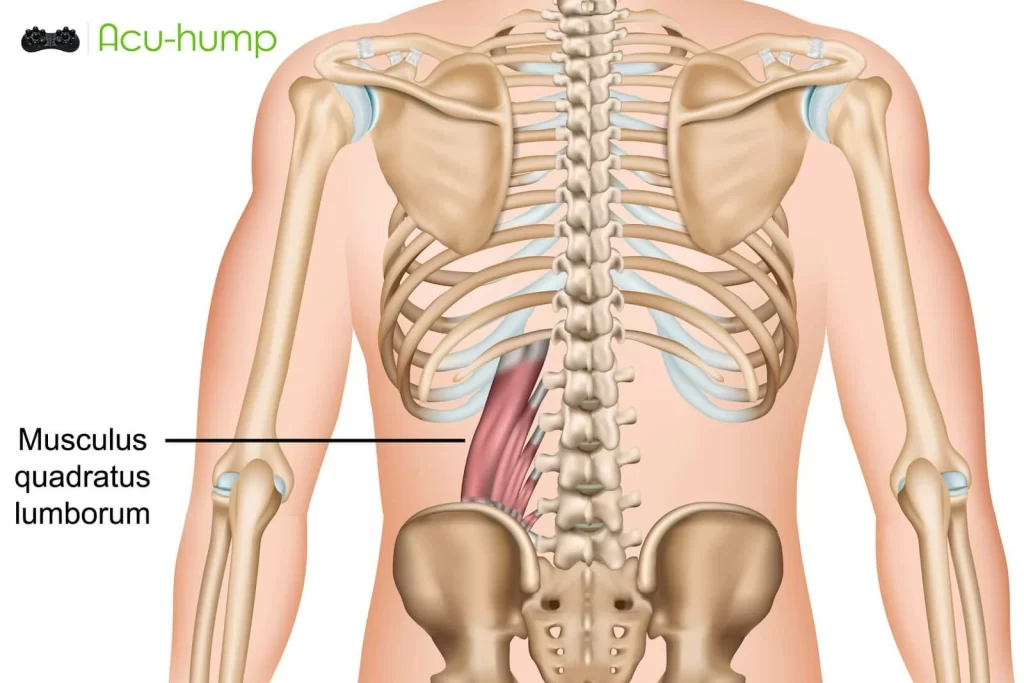
What causes quadratus lumborum pain?
This muscle can become strained or injured from overuse, poor posture, or sudden movements, leading to lower back pain. For example, individuals who sit for extended periods or those who have poor posture may experience QL muscle imbalances, leading to lower back pain.
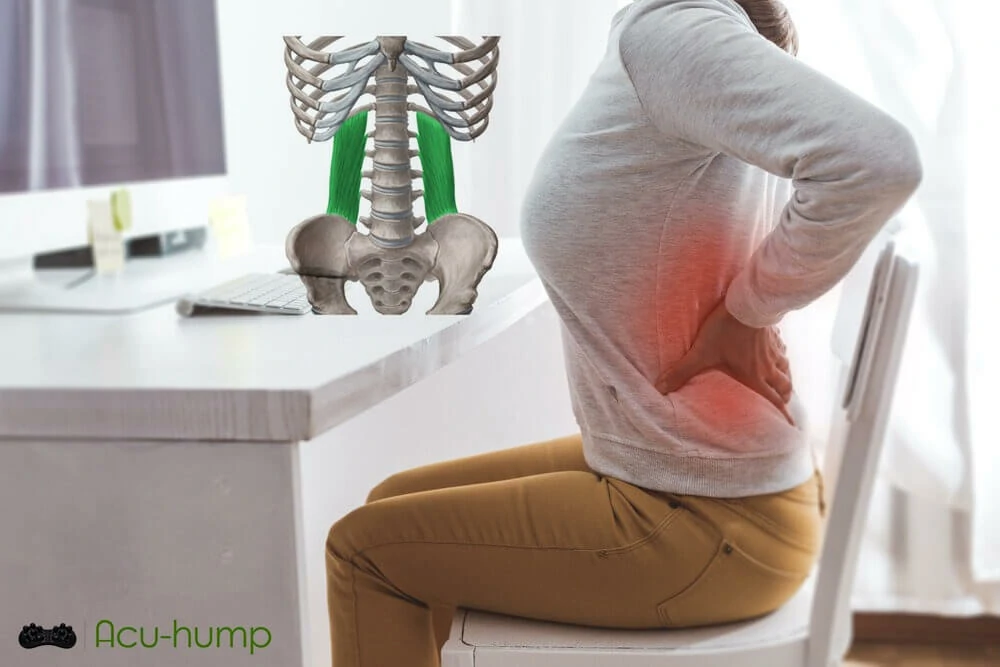
Moreover, individuals who engage in heavy lifting or repetitive twisting motions may also experience quadratus lumborum pain and lower back pain due to overuse of this muscle.
Athletes and individuals who participate in sports that put a lot of strain on the lower back, such as football, tennis, and basketball, may also experience QL pain and lower back pain.
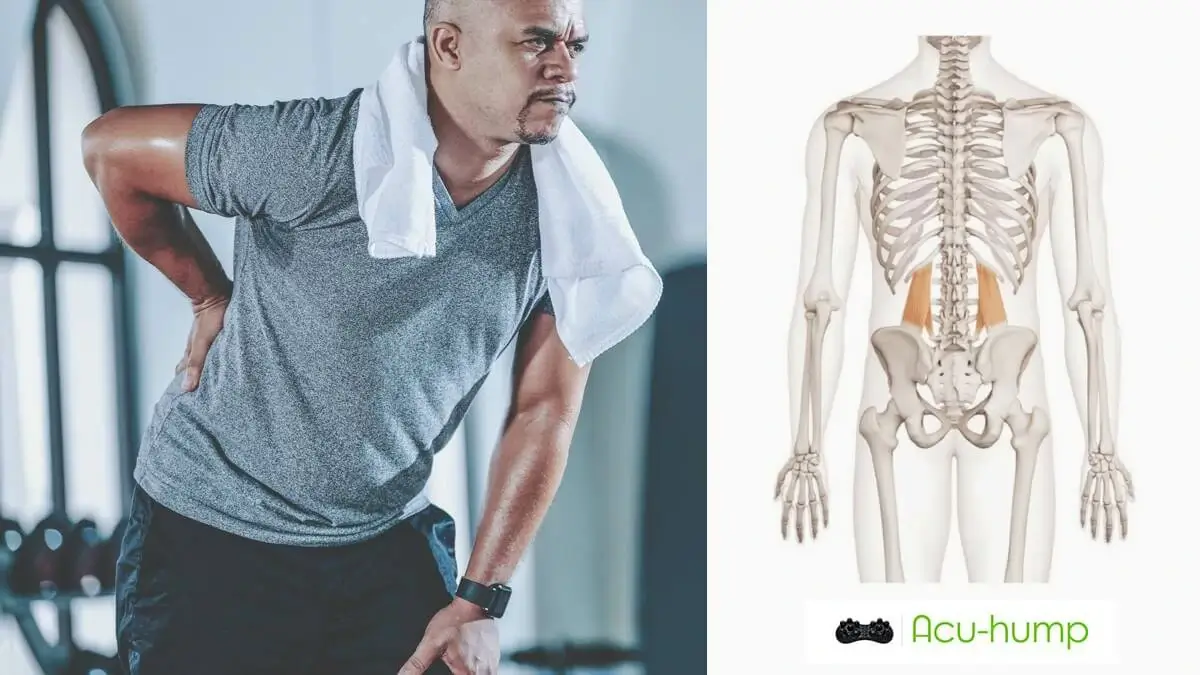
Referred pain from quadratus lumborum?
Due to its critical role in supporting your body, strain or weakness in the QL muscle can lead to referred pain in other parts of the body. QL referred pain is not just lower back pain, but deep pain or severe pain in the hip or even down the legs. It can also contribute to discomfort and tension in the neck and shoulders.
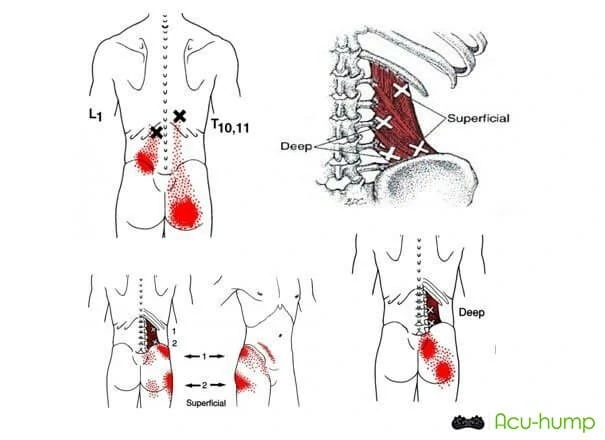
How to relieve quadratus lumborum pain?
Here are 4 tips and exercises to help fix quadratus lumborum pain.
Stretching
One of the most effective ways to fix QL muscles is through stretching. The following quadratus lumborum stretch can help to increase flexibility in the muscles surrounding the QL:
- Begin by standing with your feet shoulder-width apart.
- Reach your right arm overhead, stretching it towards the left side of your body.
- Slowly bend to the left side, keeping your feet firmly planted on the ground.
- Hold the stretch for about 15-20 seconds before switching sides.
- Repeat the stretch two to three times on each side, gradually increasing the hold time.
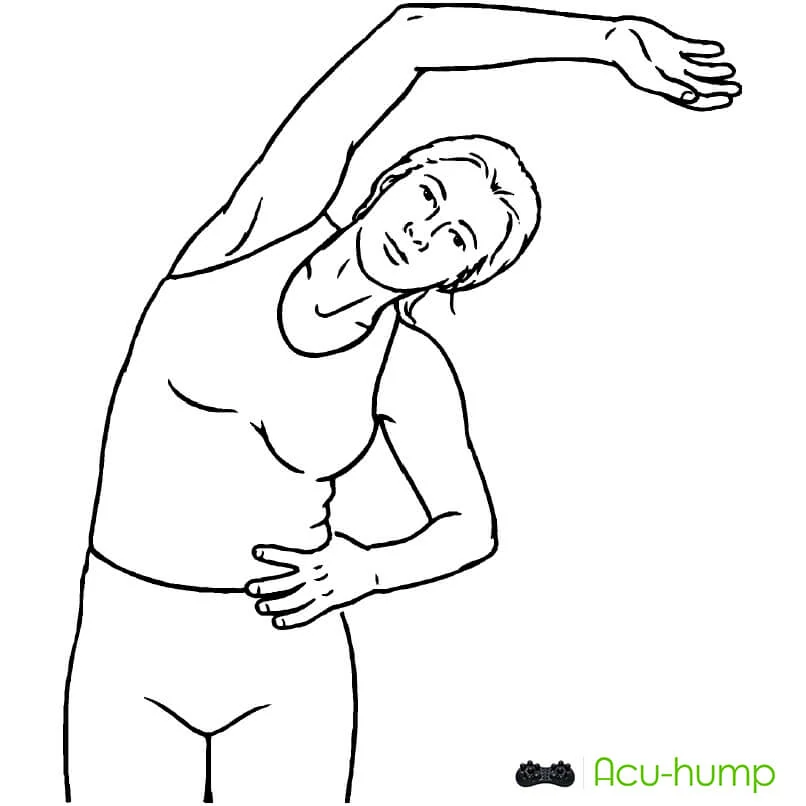
Massage Therapy
If stretching exercises do not provide relief, massage therapy can also help loose QL muscles. A therapist can use deep tissue massage to help release muscle tension, promoting healing and reducing pain. Gentle massage techniques may also be used to lessen muscle tension.
Properching, strengthening exercises, massage therapy, and proper posture can all help alleviate QL pain and improve function. In some cases, pain medication or other medical interventions may be necessary as well. Follow the guidance of your healthcare provider to determine the best course of action for your specific condition.
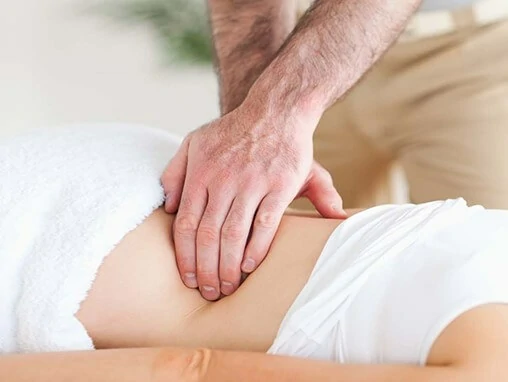
Acu-hump
Acu-hump is a self-release tool that has been growing in popularity for its ability to effectively target trigger points in the quadratus lumborum muscle. Trigger points are knots of muscle fibers that develop when the muscle is overworked or injured, causing pain and discomfort.
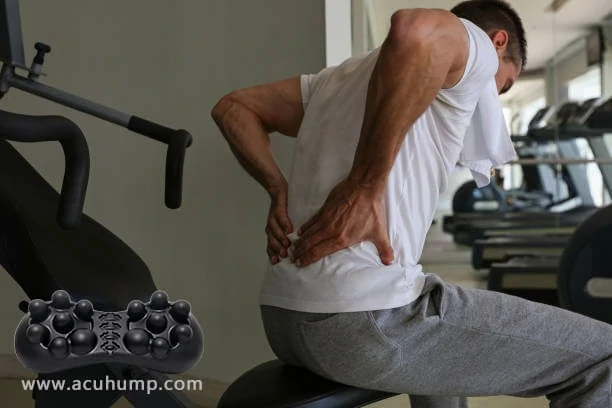
Acu-hump® Release QL Muscles
Its unique shape allows the user to apply pressure to the exact trigger point, releasing muscle knots and promoting the healing process.
This QL massage tool is also beneficial for those who have trouble reaching the QL muscle with other tools, as it can effectively target deeper muscles that are difficult to reach with manual massage techniques.
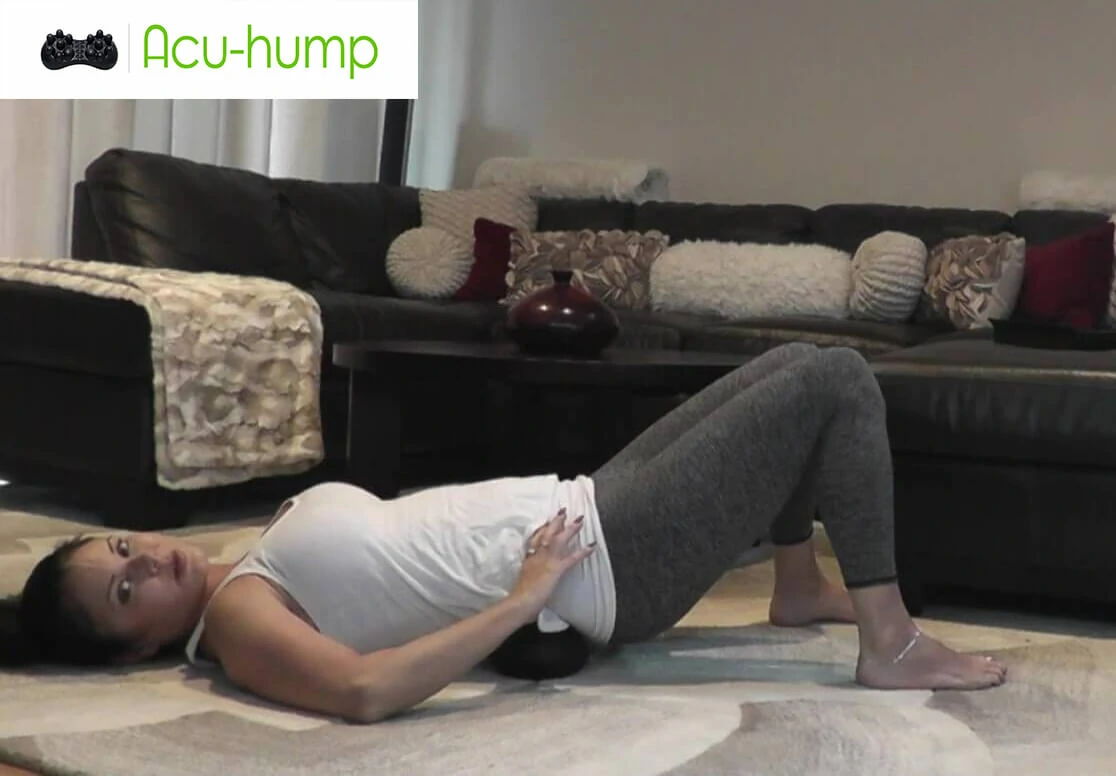
Acu-hump: Full refund policy. No risk for you.
Using the Acu-hump tool is relatively simple. Apply moderate pressure to the tool and roll it over the affected areas of the QL muscle, focusing on any trigger points. Applying pressure for 30 seconds to 2 minutes can effectively alleviate pain and tension in the QL muscle.
Research has shown that using QL massage tools like Acu-hump can significantly reduce pain and improve function in individuals with QL pain. Regular use of this tool can also promote proper alignment and prevent further damage to the QL muscle.
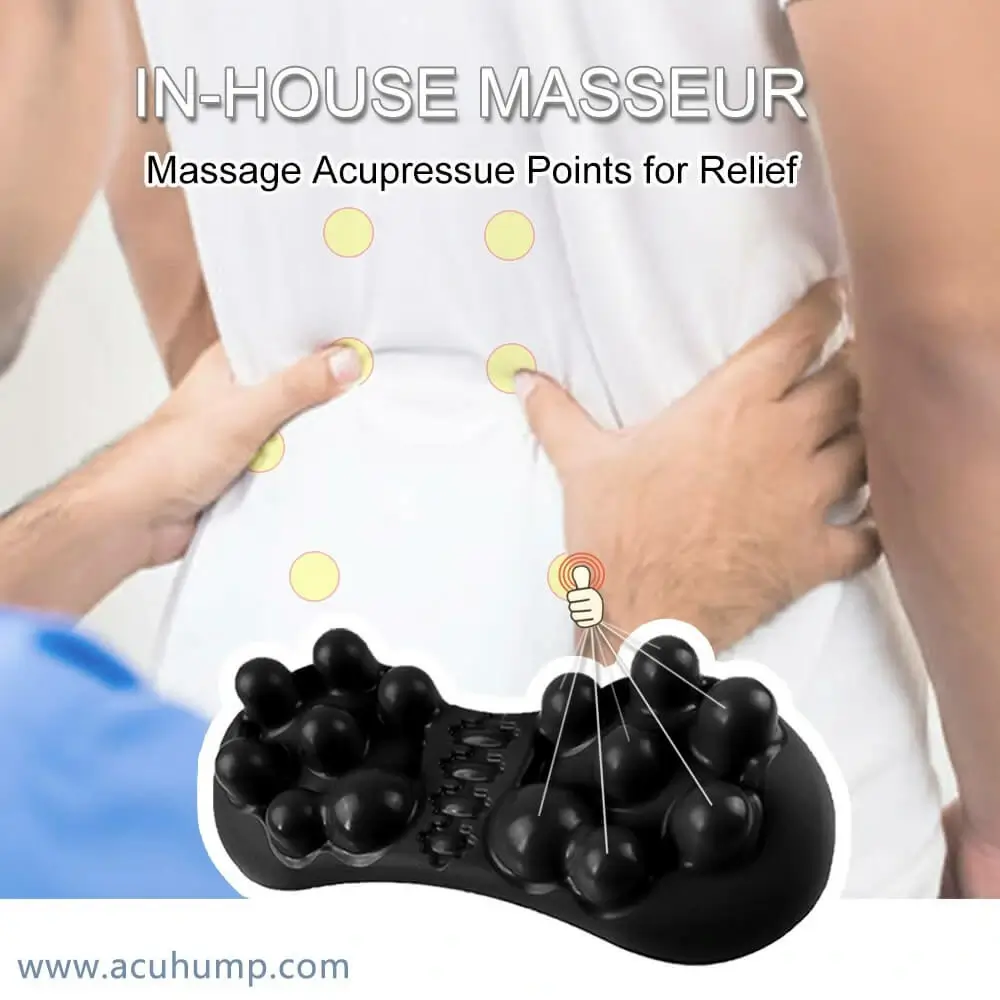
Acu-hump® Release QL Muscles
It’s important to note that self-release tools like Acu-hump should be used in conjunction with other treatment options for QL pain, including stretching, strengthening exercises, and proper posture.
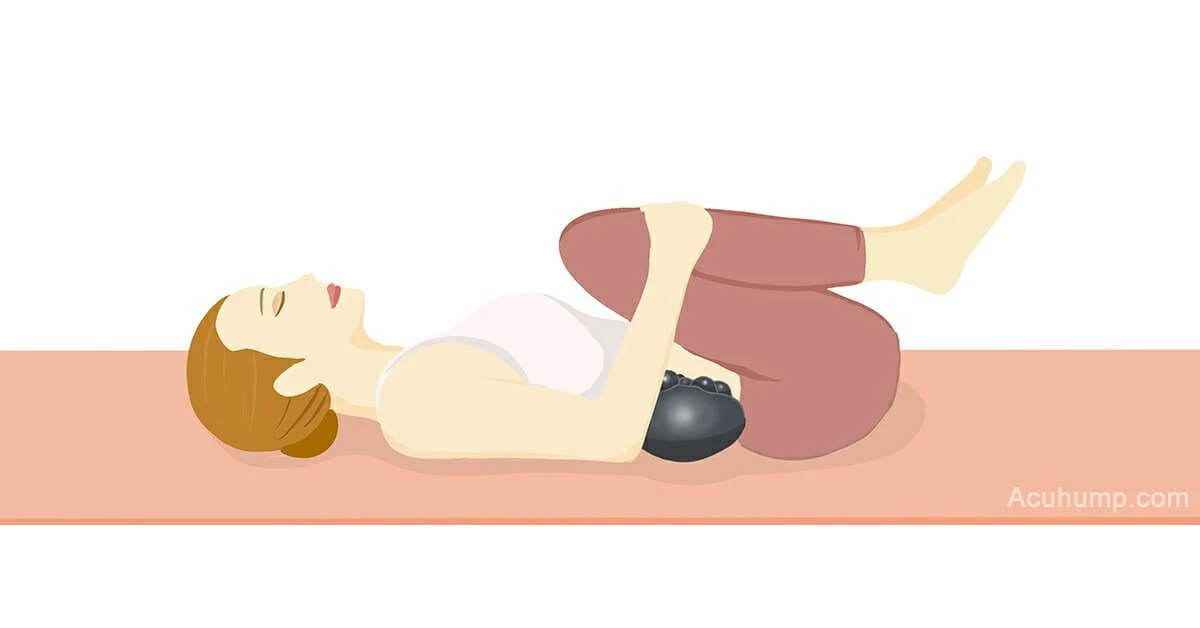
Acu-hump: Full refund policy. No risk for you.
4. Strengthening
In addition to stretching, strengthening exercises can help to alleviate QL pain and improve function. Here are some strengthening exercises that can help:
Side Planks: Lie on your side with your elbow beneath your shoulder and lift your whole body until it forms a straight line from head to toe. Hold for 30 seconds or more, then switch sides and repeat.
Squats: Stand with your feet shoulder-width apart and lower your body into a squatting position. Be sure to keep your back straight and your hips tight while performing the exercise.
Lunges: Begin by taking a large step forward with your right foot and lowering your body until your right knee is close to the ground. Hold for a few seconds, then push back up to the starting position. Repeat on the other side.
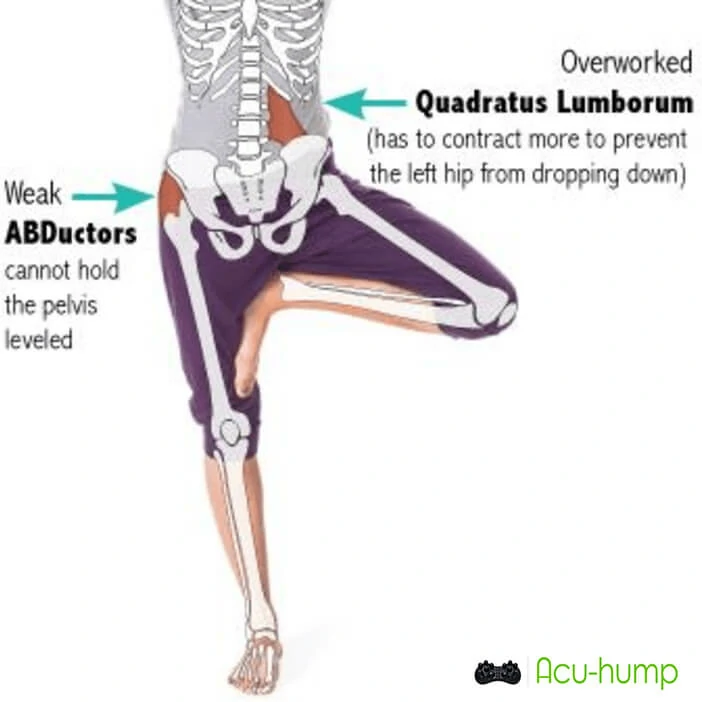
The quadratus lumborum muscle plays a significant role in spinal stability, hip movement, and posture. When the QL becomes tight or weak, it can lead to pain and discomfort.
Quadratus lumborum stretching, Acu-hump tool, strengthening exercises, massage therapy, and proper posture can all help alleviate QL pain and improve function.

It’s important to consult a healthcare professional before attempting any new exercise routine, especially if you have any pre-existing health conditions.
Acu-hump® Release QL Muscles
